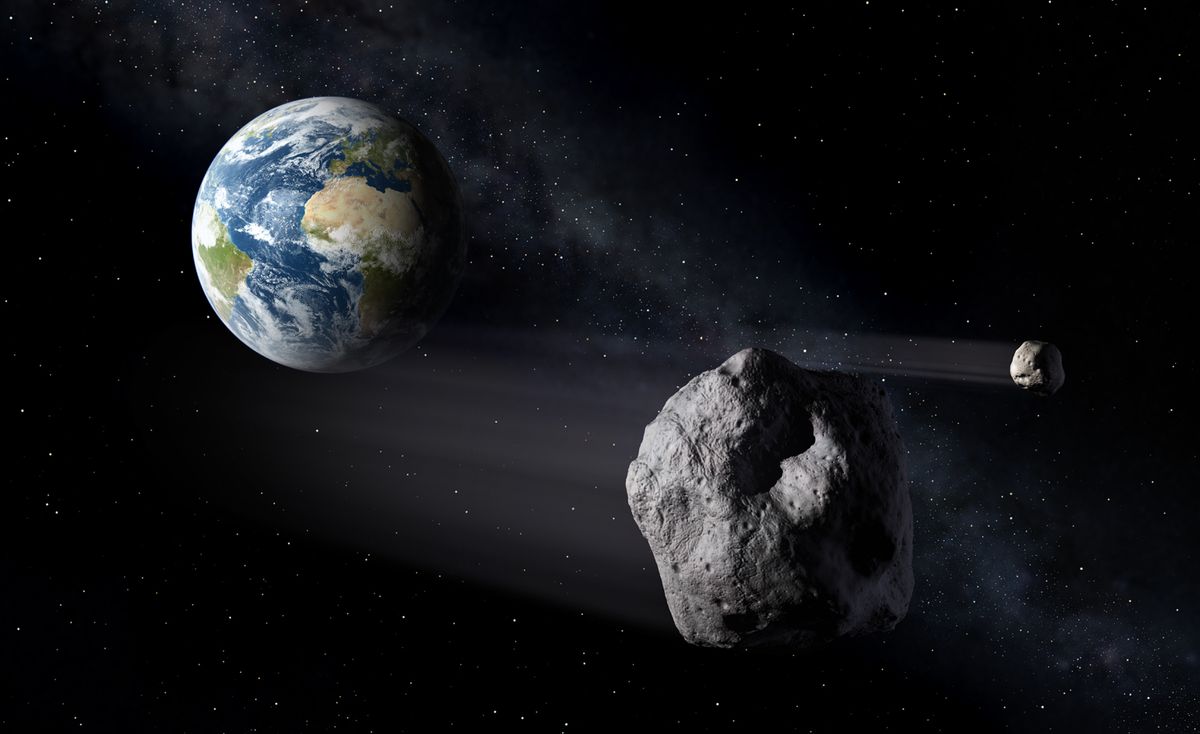
Discovered in 2017 during the Pan-STARRS sky survey, the space rock zipped through our solar system at nearly 57,000 mph (92,000 km/h), and later, Harvard astrophysicist Avi Loeb, a colleague of Siraj, claimed it might be an alien machine (opens in new tab).
"At the Earth's distance from the sun, any object traveling faster than about 42 kilometers per second [26 miles per second] is on an unbounded, hyperbolic escape trajectory relative to the sun (opens in new tab)," Siraj said."This means that CNEOS 2014-01-08 was clearly exceeding the local speed limit for bound objects [and] it didn't cross paths with any other planets along the way, so it must have originated from outside of the solar system.".
— Interstellar visitor 'Oumuamua came from an 'alien Pluto,' new study suggests (opens in new tab).CNEOS 2014-01-08 greatly exceeded the material strength of a typical iron meteorite, which should make it even easier to recover, according to Siraj."Given its extremely high material strength, it is very likely that the fragments of CNEOS 2014-01-08 are ferromagnetic." .
That's good value compared to a space mission, according to Siraj.
"The alternative way to study an interstellar object at close range is by launching a space mission to a future object passing through the Earth's neighborhood," said Siraj, who with Loeb is also working out the details of such a mission should another object like 'Oumuamua appear in the solar system